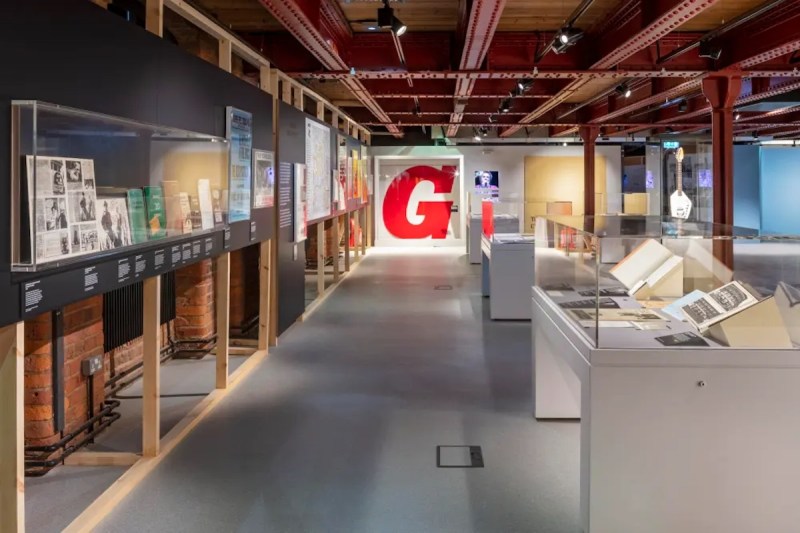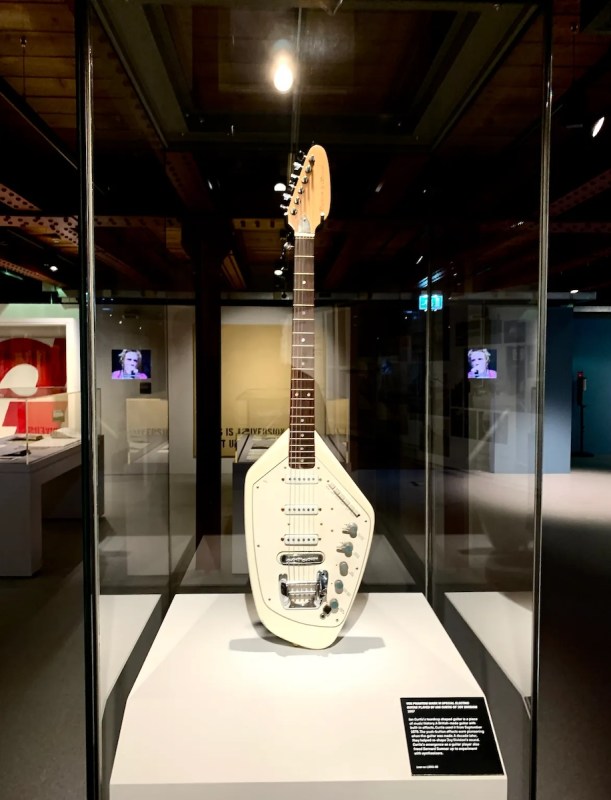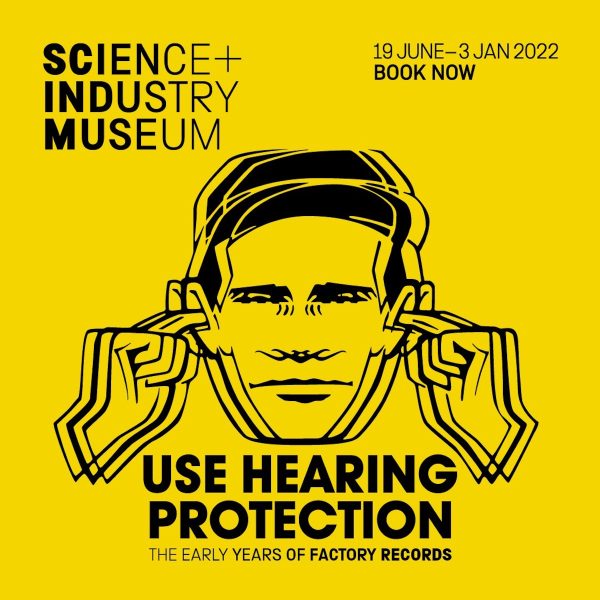Use Hearing Protection: the early years of Factory Records
The Science and Industry Museum, Manchester | 19th June – 3rd Jan 2022
Use Hearing Protection: The Early Years of Factory Records is a new exhibition that shines a light on the little-revealed early period of the label and discloses lesser-told stories from family members, alternative voices and international collaborators to trace new outlines of its famous history.
Post-Industrial
The exhibition focuses on Factory’s formative years from 1978 to 1982 and what it was about Manchester at that time that allowed the label to spearhead innovation in the fields of music, technology and design, giving the city an authentic voice and distinctive identity and helping to transform it from a post-industrial powerhouse to a beacon of art and culture.

Photo © The Museum of Science and Industry.
Rock Against Racism
As part of the exhibition, the British Culture Archive is showcasing a number of images from our featured photographers and People’s Archive to give a feel of the everyday life of a city during the label’s formative years. Amongst the images from the British Culture Archive are previously unseen photographs from Thomas Blower, which document the Rock Against Racism Northern Carnival at Alexandra Park in 1978.
Moss Side
Images from Rock Against Racism founder Red Saunders, who captured record shops around Moss Side at the time of the Northern Carnival, and photographer Luis Bustamante’s images that highlight Manchester’s city centre during the late 1970s.

Photo © Manchester Museum of Science and Industry.
Factory 1 - 50
Visitors are guided through the lesser-known story of the pre-Haçienda years, uncovering the label’s history and how it earned its status as a catalyst for innovation through rarely or never-before-seen objects. The first 50 numbered Factory artefacts are on display, as well as a series of amplified stories that shed light on the individuals who played a fundamental but lesser-acknowledged role in Factory’s early years.

Photo © Paul Wright / British Culture Archive.
Interactive
Audiences are immersed in its music through interactive experiences that offer the opportunity to get hands-on with technologies of the time that have gone on to change the face of music, including a mixing desk and synthesiser. The ‘Gig Room’ also transports visitors back in time by playing out the sounds of Factory Records through large-scale projections of the early bands it signed.



